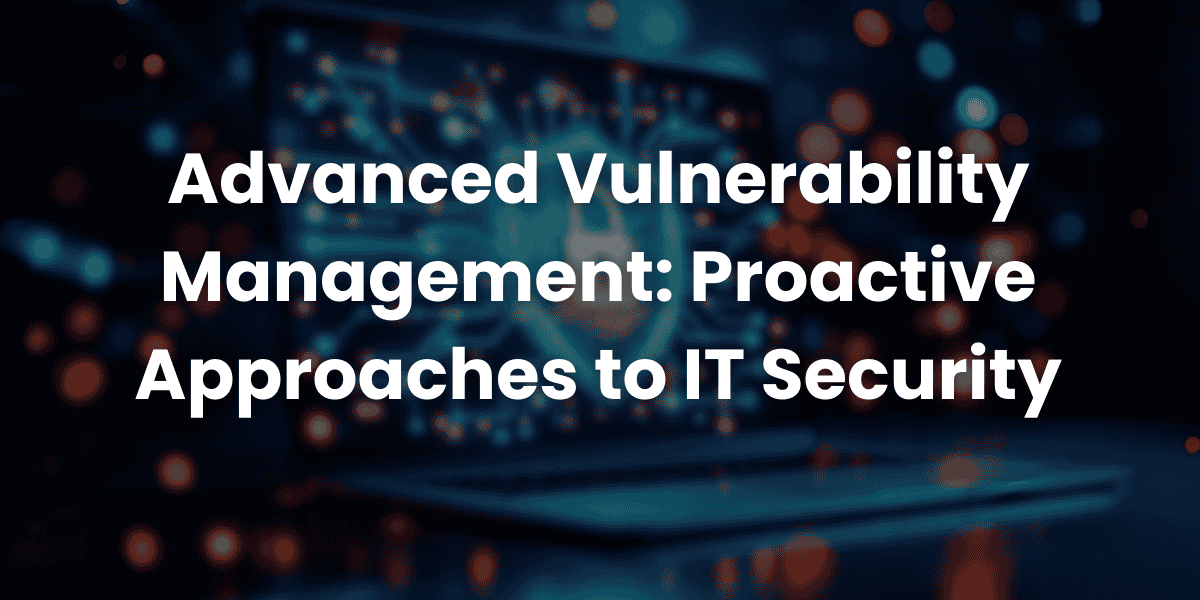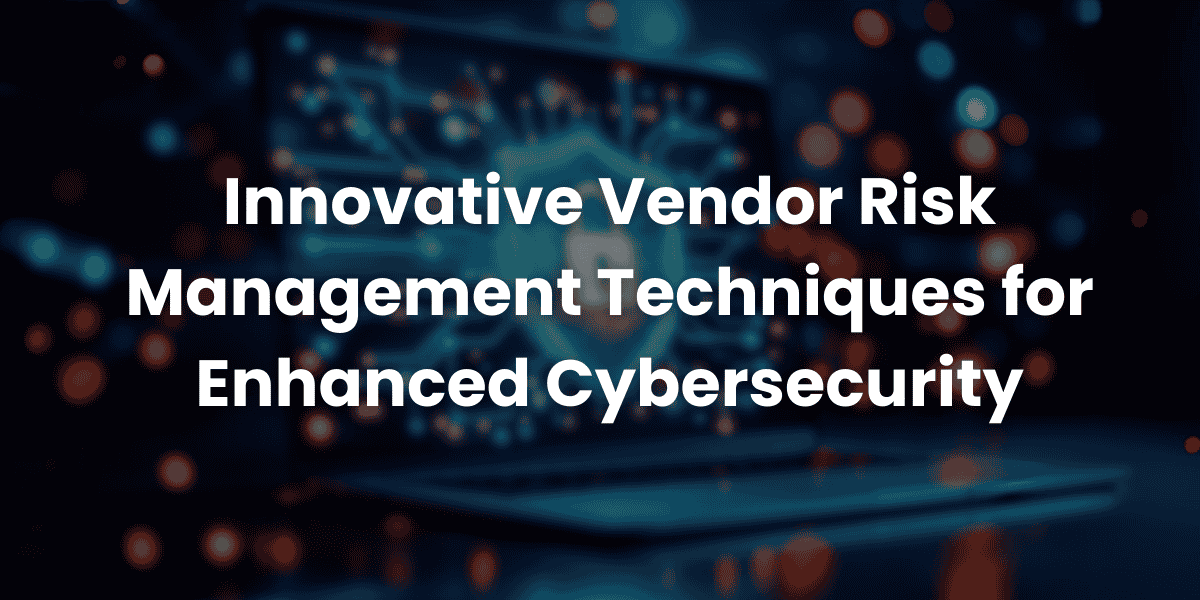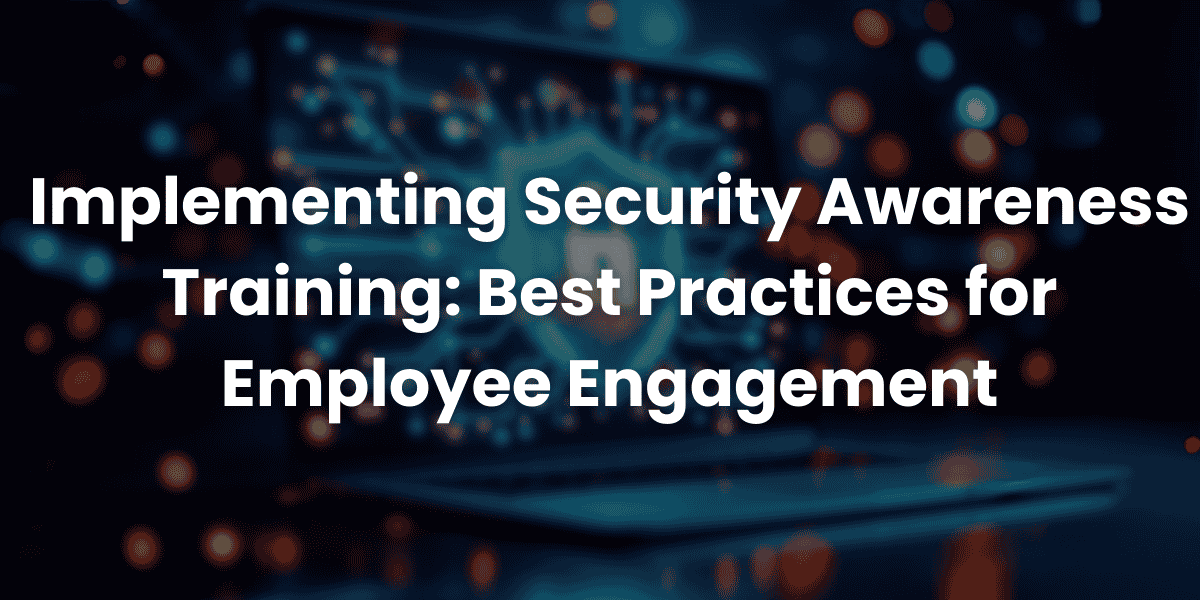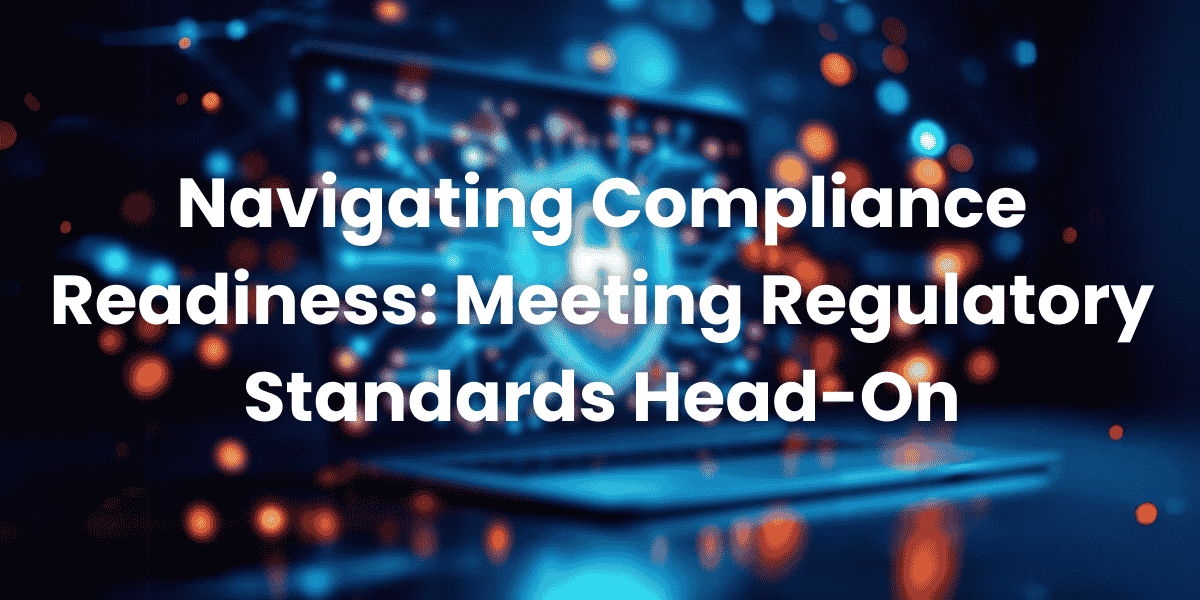In today’s digital age, security threats are becoming increasingly sophisticated and pervasive. As cybercriminals find new ways to exploit vulnerabilities, enterprises must remain vigilant in ensuring their security frameworks are robust and up-to-date. A critical aspect of maintaining this vigilance is the regular security policy review. A comprehensive review of security policies helps organizations identify weaknesses, update outdated practices, and stay compliant with industry standards. This guide covers the essential steps for conducting a thorough security policy review in modern enterprises.
What is a Security Policy Review?
A security policy review is the process of assessing and updating an organization’s security policies and practices to ensure they align with the latest security threats, regulatory requirements, and business objectives. A security policy review involves evaluating existing policies, identifying areas of improvement, and making necessary adjustments to mitigate risks and enhance the organization’s overall security posture.
The Importance of Regular Security Policy Reviews
As cybersecurity threats evolve, so too must the policies that protect organizational assets. Regular security policy reviews are crucial for maintaining a proactive defense strategy and ensuring compliance with regulations like GDPR, HIPAA, and PCI DSS. By conducting these reviews, organizations can:
- Stay Compliant: Ensure security practices align with legal and industry standards.
- Identify Vulnerabilities: Detect weaknesses in current policies that could be exploited by cybercriminals.
- Enhance Security Posture: Strengthen policies to better protect sensitive data and systems.
- Adapt to New Threats: Respond to emerging cyber threats with updated security protocols.
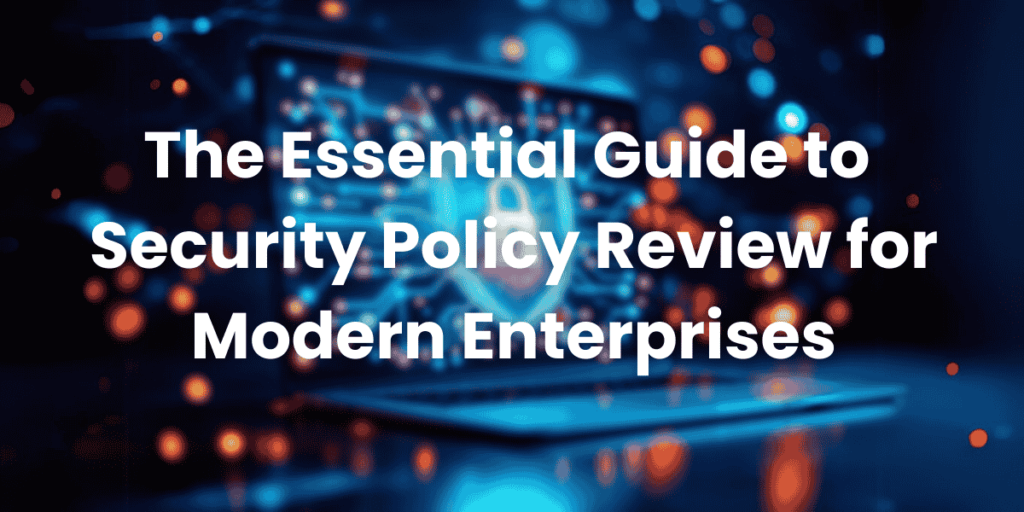
Key Components of a Security Policy Review
When conducting a security policy review, there are several key components that need to be thoroughly assessed:
- Access Control Policies: Review who has access to what data and systems within the organization. Ensure least-privilege access and role-based permissions are enforced.
- Data Protection Policies: Assess how sensitive information is protected both at rest and in transit. Update encryption practices and data retention policies as needed.
- Incident Response Plans: Evaluate the organization’s ability to respond to security incidents. Ensure that the incident response plan is comprehensive and up-to-date.
- Network Security Policies: Review network security measures, such as firewalls, intrusion detection systems, and VPN usage, to ensure they are adequate against current threats.
- Compliance Requirements: Verify that security policies align with all applicable laws, regulations, and industry standards.
Steps to Conduct an Effective Security Policy Review
To ensure a thorough security policy review, enterprises must follow a structured process. Here are the essential steps:
- Assess Current Policies: Begin by evaluating the existing security policies. Identify outdated practices, gaps in coverage, and areas where the policy does not align with current business objectives.
- Analyze Security Threats: Stay updated on the latest cybersecurity threats and trends. Analyze how emerging risks impact your organization and adjust the security policies accordingly.
- Involve Key Stakeholders: Engage relevant stakeholders, such as IT, legal, and compliance teams, in the review process. This ensures a comprehensive approach to policy updates.
- Update and Revise Policies: Based on your assessment, make necessary revisions to policies. Ensure that policies are clear, concise, and actionable.
- Implement Changes: Communicate updated policies to employees and implement them across the organization. Ensure that all staff members are trained on new procedures and protocols.
- Monitor and Evaluate: Regularly monitor the effectiveness of updated policies. Conduct periodic security audits to ensure ongoing compliance and effectiveness.
Common Challenges in Security Policy Reviews
While a security policy review is essential for maintaining strong cybersecurity defenses, it is not without its challenges. Some of the common issues organizations face include:
- Keeping Up with Rapid Changes: The fast-paced nature of cybersecurity can make it difficult to keep policies updated with the latest threats and trends.
- Resistance to Change: Employees may resist new policies or procedures, making implementation challenging. Proper training and clear communication can mitigate this.
- Resource Constraints: Smaller organizations may lack the resources needed to conduct a comprehensive security policy review. In these cases, outsourcing the review to a third-party cybersecurity expert may be beneficial.
Best Practices for Security Policy Reviews
To ensure the effectiveness of a security policy review, follow these best practices:
- Document Everything: Keep detailed records of the review process, including any changes made to the policies. This ensures transparency and accountability.
- Collaborate Across Departments: Involve all relevant departments, including HR, legal, and IT, to ensure a comprehensive review that addresses all aspects of security.
- Stay Ahead of Compliance Requirements: Continuously monitor regulatory changes and ensure your policies align with any new legal or industry requirements.
- Communicate Changes Effectively: Clearly communicate any updates or changes to all employees to ensure that new policies are understood and followed.
The Role of Technology in Security Policy Reviews
Modern technology plays a key role in facilitating an efficient security policy review. Automation tools can help monitor compliance, track policy changes, and provide real-time threat intelligence. Furthermore, security platforms can assist in policy enforcement by continuously assessing network traffic and identifying security vulnerabilities.
Conclusion: The Critical Nature of Security Policy Reviews
In an age where cybersecurity threats are constantly evolving, a regular security policy review is essential for any enterprise. By ensuring that security policies are up-to-date, comprehensive, and aligned with the latest regulations and risks, organizations can mitigate potential security breaches and safeguard their assets. Remember, a proactive approach to security policy reviews can make all the difference in maintaining a strong cybersecurity posture.


